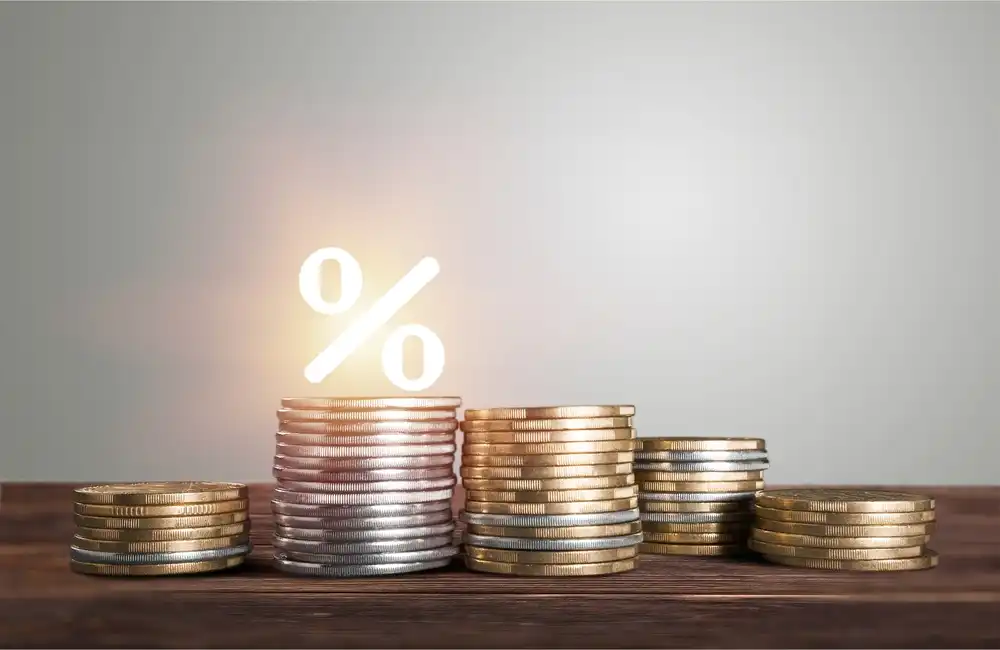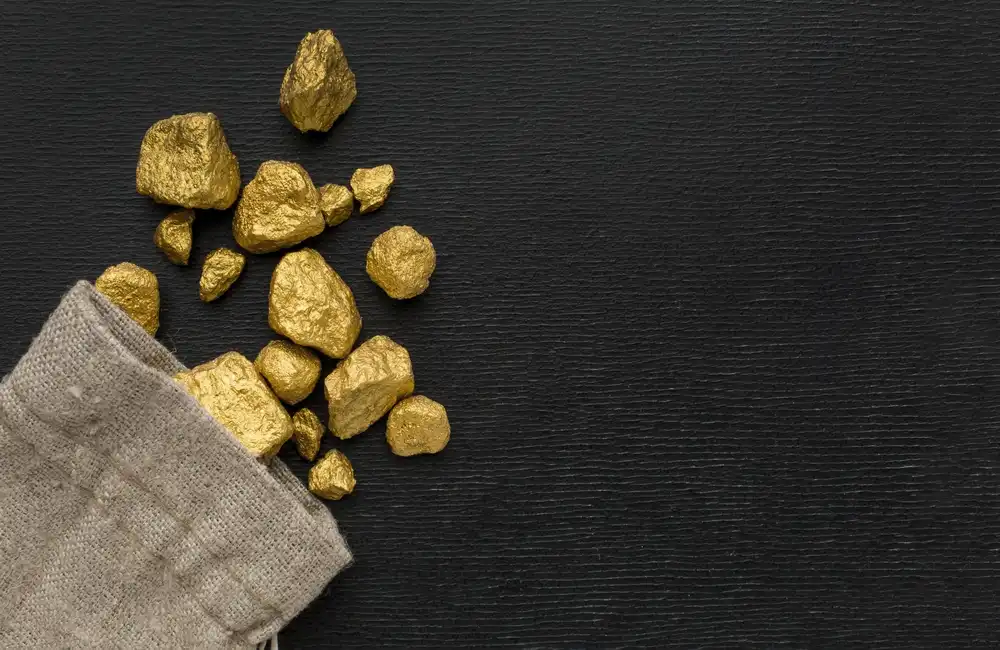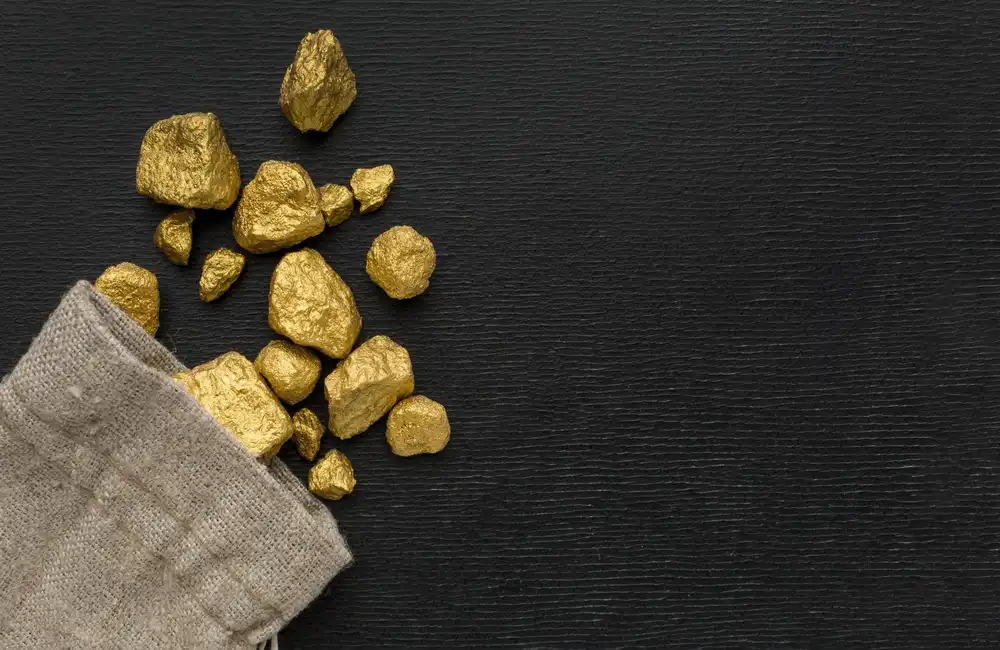Throughout history, gold has maintained its reputation as a secure asset to safeguard wealth during economic instability.
1. Understand Different Investment Instruments
Gain knowledge about main gold investment choices including physical bullion and spot markets as well as exchange-traded funds (ETFs) and futures contracts. Different investment instruments offer varying benefits and expenses which must match your investment objectives and risk preferences (Refinitiv).
2. Consider Geopolitical Risks
The prices of gold typically change based on international political instability including wars and changes in trade relationships. By keeping track of worldwide tensions investors receive early indications to modify or enter positions in the gold market.
3. Track Central Bank Buying Trends
Central banks significantly influence gold demand. Monitor purchasing patterns, especially from major buyers such as China, India, and Russia, because increasing central bank demand tends to push prices upwards (World Gold Council).
4. Watch Currency and Dollar Movements
The price of gold generally moves opposite to the value of the US dollar. The value of gold tends to increase when the US dollar loses strength. Monitoring developments in currency markets, especially for the dollar, will help you make better investment decisions (Reuters).
5. Mind Carry Costs for Derivatives
Investors in gold futures and leveraged positions should include carrying costs such as interest rates and storage fees in their calculations. Stable gold markets and declining trends can lead to reduced returns when high carry costs are applied.
6. Use ETFs for Liquidity and Convenience
Gold ETFs provide institutional investors with liquid markets and transparent pricing while also offering straightforward trading processes. These options eliminate storage requirements, which makes them appealing additions to numerous investment portfolios.
7. Monitor Inflation Expectations
Gold has historically acted as protection against inflation. Monitor inflation indicators such as the consumer price index (CPI) and adjust your holdings when higher inflationary pressures are anticipated (Financial Times).
8. Diversify Within Metals Markets
Although gold remains central to your investment strategy, you should allocate some capital towards alternative precious metals such as silver and platinum. These markets demonstrate a correlation with gold, which allows for diversification while maintaining sector connections.
9. Review Tax Treatment
Various tax treatments apply to different gold investments for UK investors. UK investors benefit from capital gains tax exemption on physical gold coins such as Britannias while other investment instruments do not receive this exemption. Your understanding of tax implications allows you to maximise your returns after taxes.
10. Have a Long-Term Perspective
Long-term gold investment is an optimal approach to both stabilise investment portfolios and protect against systemic financial risks. Market risks grow when investors speculate short-term during times of low market volatility.
Conclusion
Institutional investors rely on gold as an essential asset because it provides both portfolio diversification benefits and a secure investment refuge. UK investors can enhance their investment portfolio strength and stability by applying these tips and monitoring market drivers such as central bank buying activity and currency trends.





















